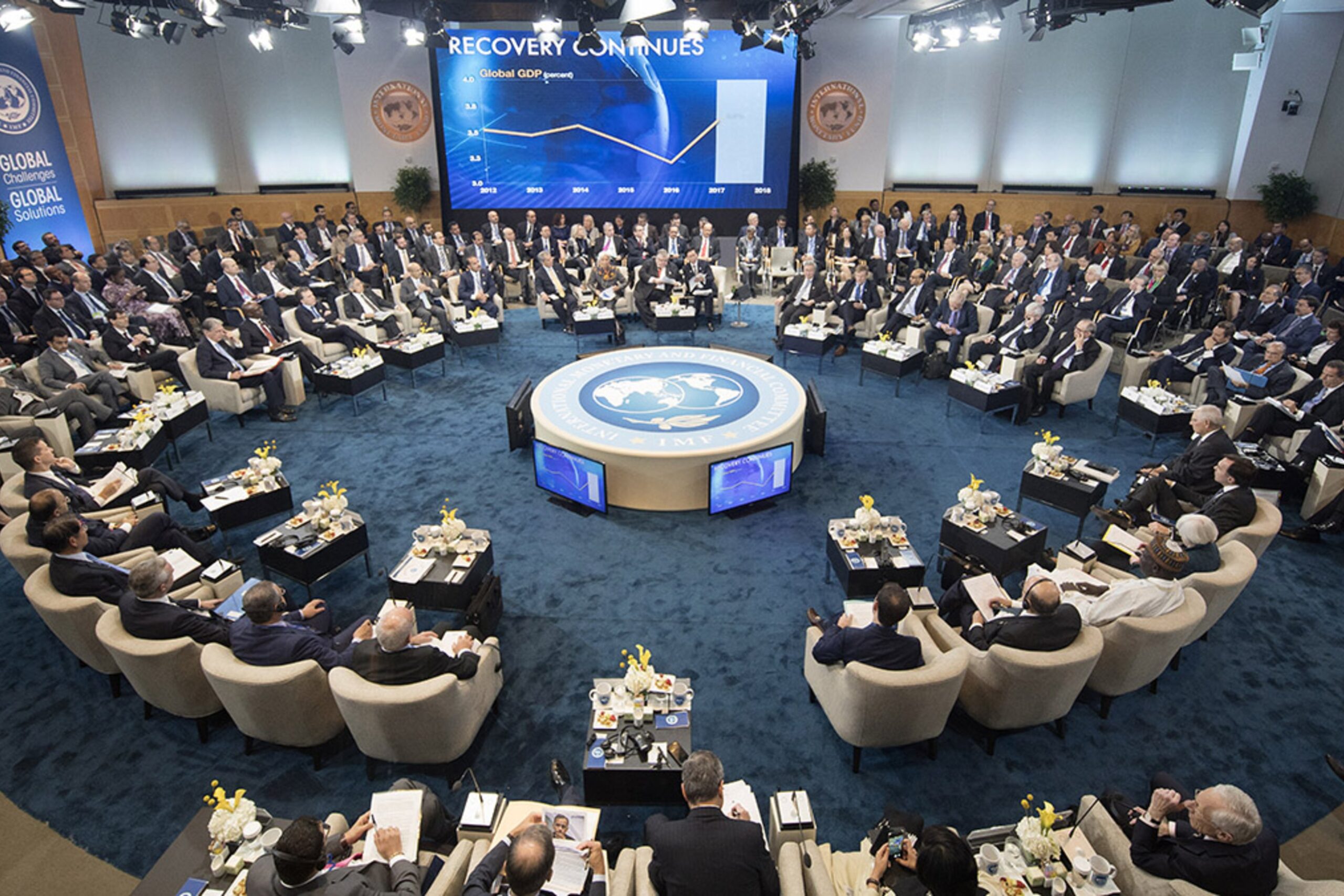Second Republic enhances local innovations
INNOVATION to enhance local industrialisation has been gaining momentum in the Second Republic, as the government moves to curb the import bill on goods and services that can be produced locally.
This comes as the Second Republic is enhancing investments toward the construction of new and existing institutions of technology, making innovations capable of saving the country millions of dollars from imports.
Zimbabwe has evidently begun to make strides in the innovation drive, with the government spearheading the implementation of the education 5.0 policy which calls for the application of knowledge and skills to produce goods and services locally, so as to curb the bloated import bill.
National Development Strategy (NDS 1) major tenets include human capital development and innovation as it steers the country towards realisation of the vision 2030 objectives.
The blueprint seeks to create a knowledge-driven economy for sustained growth, innovation for industrialisation, and modernisation of the country through configuration of the education system with a strong emphasis on Science, Technology, Engineering, Arts and Mathematics (STEAM).
The country had lately become a supermarket economy, but the idea going forward is to eradicate a huge import bill from goods and commodities that can be produced locally.
As a result, the government has successfully managed to set up innovation hubs and industrial parks at various tertiary institutions, which now catalyze innovation ideas making tangible outputs for the economy.
Resultantly, a number of production systems have been internalized.
Zimbabwe National Geospatial and Space Agency (ZINGSA) launch of the ZimSat 1 late last year is one of the latest innovations implemented and will undoubtedly save the country millions of dollars from importing services like remote sensing, weather forecasting, navigation (GPS), and earth observation.
Critically, the satellite will be used to forecast natural calamities like storms and cyclones thus preventing unnecessary fatalities.
“It is important to have satellite capabilities, imagine how as a country we have been paying for such services, we are losing a lot of money paying companies that provide satellite services. We now have the capability to make satellites which is very important. The issue is to inspire confidence in your people to see that (they) can do things.
“This is being done by us through the promotion of innovations that drive industrialisation starting from colleges and universities,” said Professor Amon Murwira in an interview.
At the peak of the Covid-19 pandemic, tertiary institutions with engineering and technology capacity including the University of Zimbabwe, Chinhoyi University of Technology (CUT), Great Zimbabwe University (GZU), Midlands State University, and the Harare Institute of Technology initiated the manufacturing of Personal Protective Equipment (PPE) and sanitizers which ultimately saved the country from spending over half a billion on PPE imports.
Deliverables of the policy shift include the establishment of the acetylene plant, a colorless gas that is widely used as a fuel and a chemical building block.
Verify Engineering, a government-owned entity also produces nitrogen and oxygen and now produces the country’s oxygen requirements in three days.
Through the partnership of the University of Zimbabwe (UZ) and the Ministry of Transport and Infrastructucrtural Development, the country is now producing vehicle licensing plates after a long period of importing the vehicle registry component.
Previously Zimbabwe was spending over US$800,000 per year importing vehicle licensing plates.
“It was done by people in the country it was just a mentality shift. Through innovation and industrialisation mandate as encapsulated in the Manpower Planning and Development Act, we are now saying it is institutions of higher learning that should cause industrialisation.
“Based on this philosophy the country can change its trajectory. Education is no longer just education but the education of a country that is beginning to be conscious of itself,” said Professor Murwira.
Amongst foreign currency-saving innovations, underway is the incubation of modified coal tar, a road surfacing material, where a factory is currently under construction in Zvishavane
On the other hand, the National Biotechnology Authority (NBA) has been making critical innovations in partnership with a number of higher learning institutions in the country.
Prominent among them is the manufacturing of Cofsol, and cough syrup.
“NBAZ and its partners have managed to produce cough syrups that were being imported, they are very effective, we are now considering exporting to other countries,” said Dr Deckster Savadye, the Chief Executive Officer and Registrar of the National Biotechnology Authority (NBA) in an interview.
In 2020 Zimbabwe was producing only 12 percent of pharmaceuticals while the rest was secured from outside the country. Local production of medicines has since surged to 45 percent.
On the food security front, NBAZ has made synergies with a Chinese firm to produce Irish potato seed an intervention in the country’s long history of importing potato seed from South Africa.
Furthermore, the authority is mulling the production of Bio-fertilisers a commodity that is significantly imported given the size of the local agriculture sector.
“We are in process of developing our own production capacity which means we will serve a lot of mo-ebusinessweekly








